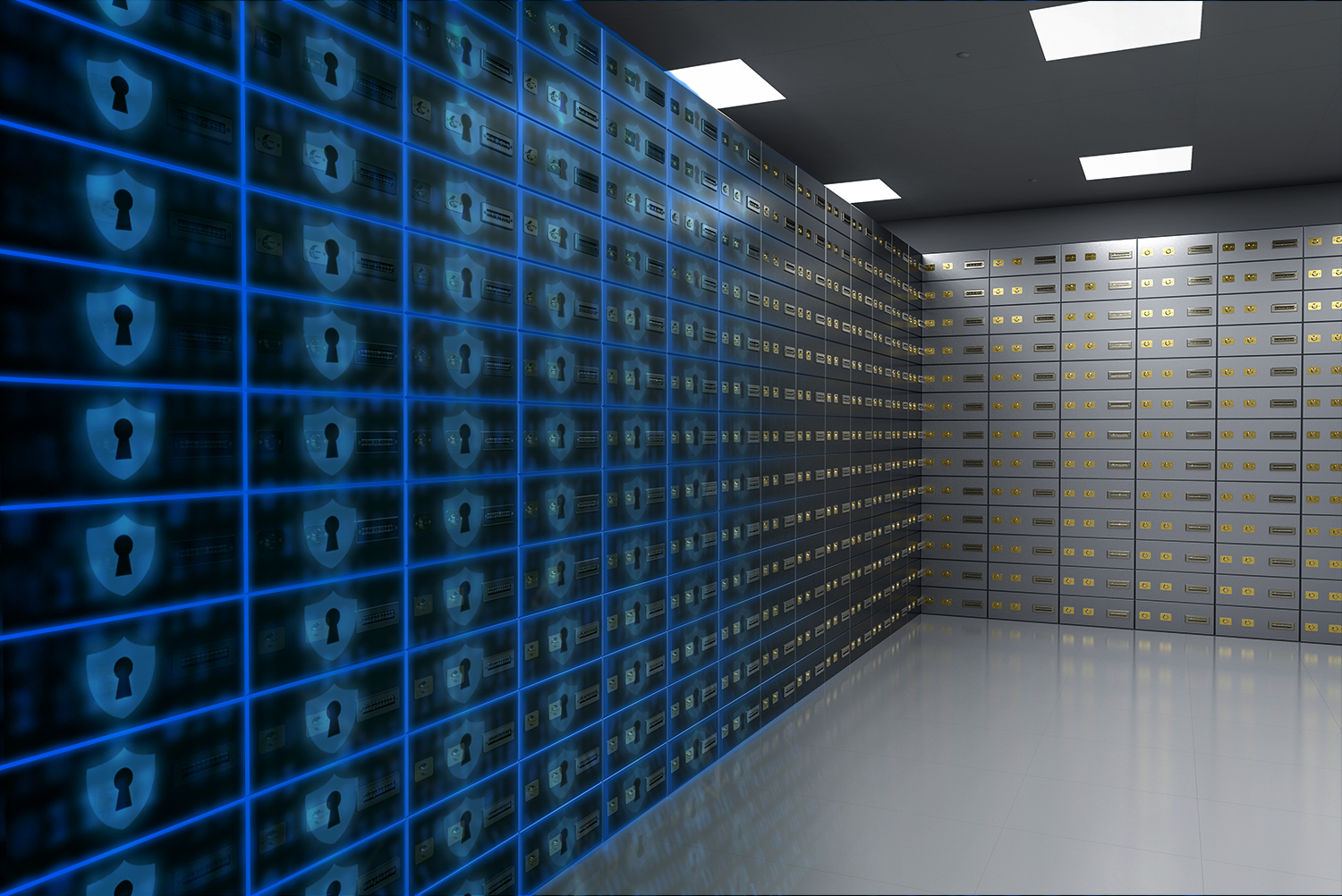Want to know how to save yourself a lot of money and grief? Stop write protecting your backup tapes.
I recently had a conversation with a friend who’s the data center manager of a large company with a $25 Billion dollar market cap. He shared a story with me to vent his frustration. There was, at his company, a policy to write protect any backup tapes used to restore data. Don’t know why this is a problem… read on.
It’s important to note that over the past several years, the idea of using backup tapes, and tape technology in general, has been getting a bad rap. It seems like everywhere I look, people claim that tapes aren’t reliable. Fact of the matter is, these people are fundamentally wrong. It’s because of faulty data protection strategies and practices that backups fail – wether you’re backing up your data using disk, tape, or the cloud.
He isn’t the first person to share his frustration about this with me and I’ve seen it myself at other companies. In fact, I consulted with a company that, before I arrived, spent the better part of a year and a significant amount of money trying to diagnose why their tape drives kept going off-line and why they weren’t able to get their backups working. Funny thing was, it wasn’t a technology issue at all… it was a mistaken belief system.
It seems that there are a lot of people with relatively old knowledge about backup technology. There is an outmoded belief at many IT organizations that if you restore data from tape, you have to write protect the tape before you put the tape in the drive (or tape library), for fear that you might overwrite the data by accident. This belief has caused a great deal of trouble in lost time, increased grief, and lost budgetary dollars.

Historically, prior to the past 15+ years, this belief may have been true. Back then, most people weren’t using large storage systems and modern backup management software like NetBackup, NetWorker, or TSM. Years ago, when data was relatively small and your entire backup fit on a single tape, backup was a lot simpler. You usually only had one tape drive or a small auto-loader. There weren’t many backup applications available and most of them were expensive. Fortunately for most system administrators with small budgets, they knew about ‘tar‘. tar, short for tape archive, was, and is, a great tool. Created in the early days of UNIX, it’s still used nearly everywhere for creating convenient packages of archived data.
The down side of using tar for backing up data is that it’s not a backup management system. Backing up data with tar is a manual process and you have to keep track of what you wrote and where you wrote it. Meaning, that if you didn’t keep track of where you wrote your backups carefully, you might inadvertently overwrite a tape and lose valuable data.
Today we have a lot more data than we did years ago and most of the time a single backup job will span across several backup tapes. In order to manage all this new data we don’t use single tape drives sitting on a desk anymore, now we have large tape libraries (or silos) that have several tape drives and can hold hundreds or thousands of backup tapes.
Along with large tape libraries that can hold, at the time of this writing, 640 tape drives, and 100,000 tapes containing 1,000 petabytes of data, we also have modern backup management systems that make using these tape libraries very easy. Though we still use tar in many cases to backup data, but tar, or tar-like tools, are managed by the comprehensive scheduling and tape management that is a part of a modern backup management system. Tapes are no longer labeled by hand with the days of the week. Tapes have bar codes that are read by robotic arms armed with lasers attached to a computer system. The backup system knows all about what tapes have data on them, how long the data needs to be kept around, when to backup different systems, and what tapes are safe to write to and which aren’t. It’s all automatic and when you need to recover a file, you just put the tape back in the tape library and that’s it. The backup software takes over and does the recovery. And it’s all done without the need to ever write protect any tapes. It’s like magic.
Even after 60 years, magnetic tape continues to be the fastest, cheapest, and most reliable form of data protection and storage available. It’s uses are many including; reliable storage for backing up data, long term archive, use in hierarchical storage systems, and as ultra dense removable storage devices using the new linear tape file system (LTFS) that makes using tape as easy as dragging and dropping files and folders.
Even with cloud storage, disk backup, and de-duplication technology available for backup, recovery and business continuance; tape is an essential part of any disaster recovery plan and should always be included in your data protection strategy. Even Google uses tape – a lot of tape.











Leave a Reply